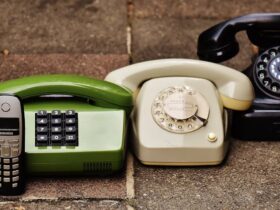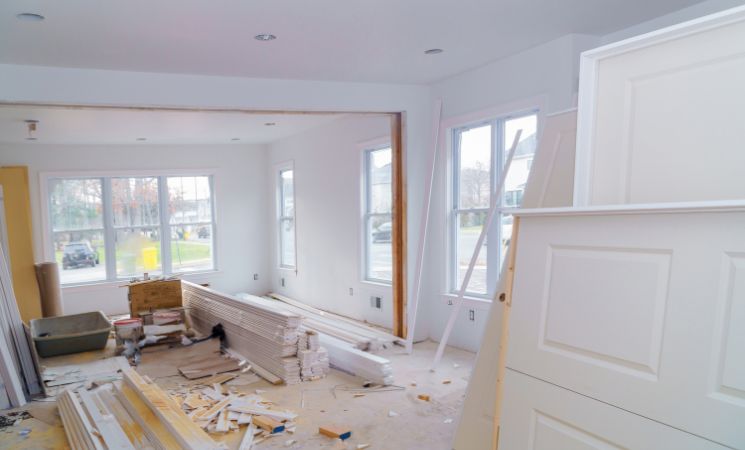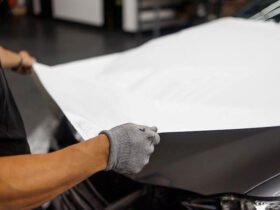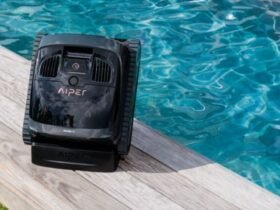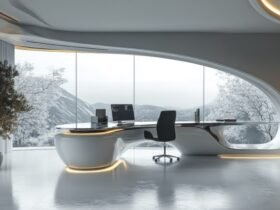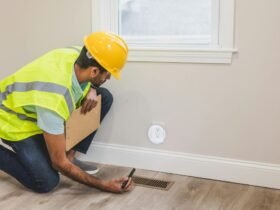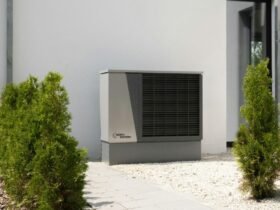Owning a property comes with ongoing maintenance costs, but making smart upgrades can lead to significant long-term savings. Many homeowners focus on day-to-day expenses, but investing in energy-efficient solutions, durable materials, and modern technology can reduce costs over time. These improvements lower utility bills and minimize the need for repairs and replacements.
Pittsburgh experiences a mix of weather conditions, from cold winters to humid summers, which can take a toll on residential properties. Frequent rain, snow, and temperature changes cause wear and tear, making regular maintenance a necessity. The city’s real estate market is competitive, with buyers looking for homes that are both efficient and durable. Investing in quality upgrades helps homeowners protect their property, reduce ongoing expenses, and increase its value in the long run.
This article lists upgrades that not only make your property more energy-efficient but also attractive to potential buyers.
Energy-Efficient Windows and Doors
Older windows and doors often allow drafts, causing heating and cooling systems to work harder. Upgrading to energy-efficient models helps maintain indoor temperatures by preventing air leaks. Double or triple-pane glass and properly sealed frames improve insulation, reducing energy consumption. Over time, these upgrades lower utility bills and make indoor spaces more comfortable.
Durable and Weather-Resistant Roof
Roofs are constantly exposed to the elements, which can lead to costly damage if not properly maintained. Choosing high-quality materials for roofing helps protect against rain, wind, and temperature changes. This reduces the need for frequent repairs, ultimately saving money on maintenance. One of the best ways to ensure long-term protection is by working with experienced Pittsburgh roof installation professionals like Resnick Roofing. A well-installed roof acts as a barrier against harsh weather, preventing leaks and structural damage. With options like energy-efficient shingles and durable underlayment, homeowners can improve insulation and extend the lifespan of their roof, reducing future repair costs.
Smart Home Technology for Energy Efficiency
Technology plays a big role in reducing electricity costs. Smart thermostats adjust temperatures based on daily routines, preventing unnecessary energy use. Automated lighting and smart plugs help manage power consumption, turning off devices when they’re not needed. These small changes make a big difference in monthly bills. Additionally, smart home systems allow remote monitoring, giving homeowners better control over energy use even when they’re away.
High-Quality Insulation for Better Temperature Control
Proper insulation keeps indoor temperatures stable, reducing reliance on heating and cooling systems. Many older homes have outdated insulation that doesn’t provide enough protection. Upgrading insulation in walls, attics, and basements helps maintain a comfortable environment while cutting energy costs. Materials like spray foam, fiberglass, and cellulose offer long-lasting results, making this a worthwhile investment.
Solar Panel Installation for Sustainable Energy Savings
Solar energy is a great way to lower electricity costs while reducing reliance on the power grid. Modern solar panels are more efficient than ever, making them a smart choice for long-term savings. Many areas also offer tax incentives and rebates to offset installation costs. Over time, solar panels pay for themselves through lower energy bills, making them an excellent investment for homeowners looking to reduce expenses.
Water-Efficient Plumbing Fixtures
Reducing water waste is an effective way to cut down on monthly utility bills. Older plumbing fixtures often use more water than necessary, leading to higher expenses. Installing low-flow faucets. toilets, and showerheads helps conserve water without sacrificing performance. Many of these fixtures are designed to use significantly less water per use, leading to noticeable savings over time. In addition, fixing leaks and upgrading to more efficient water systems can further reduce waste and prevent costly repairs.
Energy-Efficient HVAC System Upgrade
Heating and cooling costs make up a large portion of household expenses. Older HVAC systems often struggle to maintain consistent temperatures, leading to increased energy use. Upgrading to an energy-efficient unit improves performance and lowers utility bills. Modern systems are designed to use less power while providing better climate control. Regular maintenance, such as changing filters and cleaning vents, also helps extend the lifespan of an HVAC system, preventing costly replacements down the line.
Smart Landscaping for Reduced Maintenance Costs
A well-planned yard can save both time and money. Traditional landscaping often requires frequent watering, trimming, and fertilizing, leading to higher costs. Choosing drought-resistant plants and installing efficient irrigation systems reduces water usage and maintenance efforts. Native plants require less care and thrive in local climates, making them a cost-effective choice. Additionally, proper landscaping can provide shade to reduce cooling costs during hot months. Over time, these small adjustments contribute to significant savings.
Durable and Low-Maintenance Flooring Choices
Flooring is essential to any home, and choosing the right materials can prevent frequent replacements. Hardwood, tile, and high-quality vinyl are durable options that withstand wear and tear. While these materials may have a higher upfront cost, they require less maintenance compared to carpets or lower-quality alternatives. Investing in durable flooring reduces the need for repairs and replacements, making it a smart financial decision in the long run.
Exterior Siding and Paint for Long-Term Protection
The exterior of a house is constantly exposed to harsh weather conditions, leading to potential damage over time. Investing in durable siding and high-quality paint helps protect against moisture, wind, and UV rays. Materials like fiber cement or vinyl siding offer long-lasting protection with minimal maintenance. Additionally, using weather-resistant paint prevents peeling and fading, reducing the need for frequent touch-ups. These upgrades not only enhance curb appeal but also prevent costly exterior repairs in the future.
Making smart upgrades is one of the best ways to reduce long-term expenses and increase property value. By investing in energy-efficient features, durable materials, and modern technology, homeowners can cut down on maintenance and utility costs. Simple changes, like upgrading insulation or installing water-efficient fixtures, can make a big difference over time.
Prioritizing these improvements ensures a more comfortable and cost-effective living space. Whether it’s improving climate control, reducing water waste, or enhancing exterior durability, each upgrade contributes to long-term savings. Taking proactive steps today leads to fewer expenses in the future, making these investments well worth the effort.


